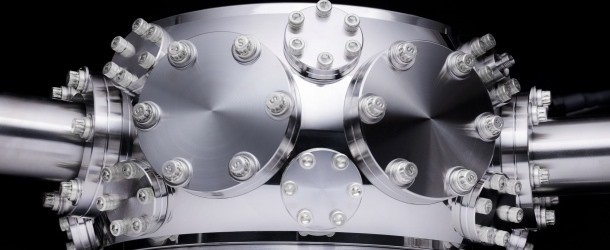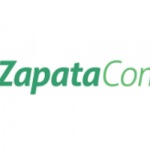Honeywell’s President of Quantum Systems Discusses Big Bet on Trapped Ion Technology

(HPCWire) Tony Uttley, President of Quantum Systems at Honeywell, recently briefed HPCwire on Honeywell’s quantum initiative which began with recognizing the potential importance of quantum computing and its own substantial pool of requisite resources.
“The underlying technologies that you need to build any quantum computer are things that we have been doing for decades and are parts of our business. That includes vacuum systems, or in our case, ultra-high vacuum systems. It includes cryogenics, magnetic systems, vibrational stability, lasers and photonics, and precision control systems. Those were the places where we had a deep domain expertise and decades of IP,” said Tony Uttley.
“The reason we chose trapped ion technology is that it has the advantage of starting with a perfect quantum bit.”
Research into using ion trap technology for quantum computing has simmered for years. Long coherence times and higher gate fidelity are considered its strengths while slower gate times and difficulty scaling up the number of qubits have been thought challenging. The latter, of course, is challenging for all qubit technologies. Also deep cold is still required. The Honeywell trap is cooled to 12.6 K via a cold finger attached to a liquid He flow cryostat.
Honeywell’s quantum computing system is expected in mid 2020 and already being trialed by a few beta users including JPMorgan Chase. The new system will boast a Quantum Volume (QV) benchmark of 64 according to Honeywell, the highest QV yet reported. QV, of course, is a blended metric developed by IBM. It’s intended to represent a machine’s overall utility by taking into account things like qubit count, coherence times, qubit connectivity, and error rates. IBM’s top performing system currently has a QV 32 rating. We agree with IBM that quantum volume is as good a metric as exists today. What had been happening was people were using physical qubits as a proxy [for performance]. That’s a terrible proxy. That does not even remotely tell you what you can actually go do with those physical cubits,” said Tony Uttley, president, quantum solutions, Honeywell.



















